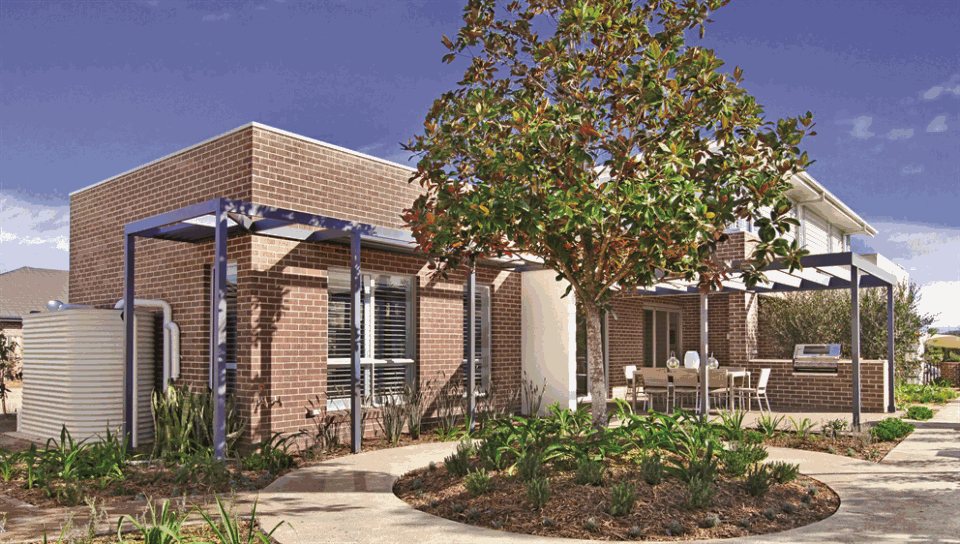As sustainability moves into the mainstream, Steve Driscoll from Landcom observes how the home building industry is adapting, and meeting the challenges of rising energy and water costs and tougher regulations.
While most of the drivers for change have their origins in environmental sustainability, social sustainability considerations are on the rise. We have smaller families and arguably a need for smaller dwellings to accommodate them. The ageing population is also actively exploring avenues that will allow them to remain in the community they are familiar with for as long as possible, thereby reducing the need to change houses later in life.
Houses don't make a community. They are just building blocks. It's the people who live in houses who form communities.
Unfortunately local communities lose a great deal when older people, who have lived most of their lives in a particular dwelling, need to move away because the house is no longer suitable for their changing age-related capabilities. Given the reality of our ageing population, there is no point designing homes that don't support the inevitable ageing process.
The challenge for the residential building industry is to recognise this and develop an appropriate response.
The universal housing concept addresses this issue and by doing so, offers significant societal and environmental benefits. This concept is part of a suite of design guidelines developed by Landcom that are now used across all of its developments to assist in the development of more sustainable communities. This universal housing guideline was influenced by the Australian Standard for Adaptable Housing and is a constructive response to the needs of an ageing population.
Universal housing refers to homes that are practical and flexible. They meet the needs of people of different ages and abilities over time. Most of the homes built today are not designed to accommodate their owners’ changing life needs which is one of the reasons why many people, of necessity, are forced to move possibly several times during their life time. Aside from the financial and social cost of this forced movement, there's also an environmental impact.
Universal housing features in the Benchmark home be converted to a full universal bathroom. Combined, this area can accommodate a fully fledged ensuite with sufficient circulation space and layout of fixtures for people with disabilities.

Waterproofing and drainage for a shower are incorporated into the linen cupboard which allows for its future conversion into a shower recess. Provision for hand rails, through wall strengthening, has also been required in the future.
Universal housing has obvious appeal to older people. But think of this: a home design which is wheelchair friendly is also one which is stroller friendly. If the time finally does come to sell a universal home to live in other assisted care housing, then the market appeal of the home is much broader. The practicality and flexibility of universal housing offers home owners the potential for a sustainable future in the one dwelling for life. By working closely with the building industry and providing practical examples of universal housing in its own projects, Landcom plans to make universal homes the ‘norm’ not the exception in new residential communities.
Steve Driscoll is director of sustainability and policy at Landcom, a state-owned corporation of the New South Wales Government which creates new residential and industrial communities. He is a degree qualified town planner with about 20 years experience working in local and state government positions, primarily in strategic land use planning and policy development.
For further information visit: www.ecolivingdisplayhomes. com.au

